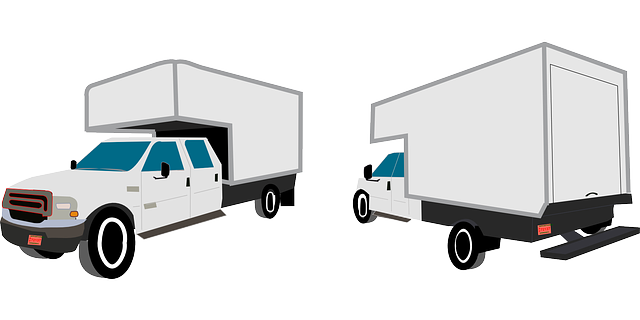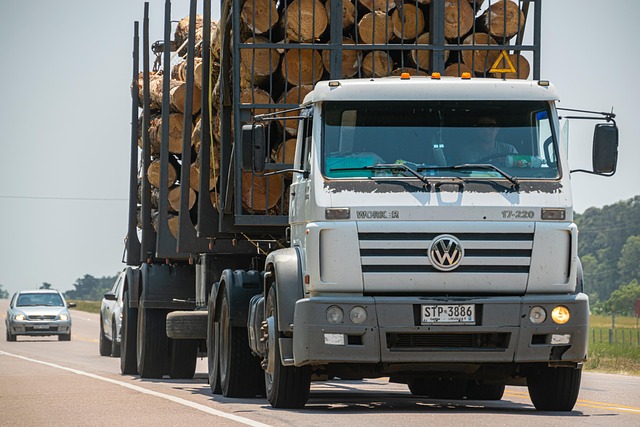Registering a car in California is a straightforward process, but it requires careful preparation. First, gather all necessary documents, including proof of ownership and insurance. Next, visit a DMV office or use their online system for convenience. Ensure your vehicle’s VIN is verified using a trusted DMV VIN verifier to maintain accurate records. After completing the registration process, you’ll receive your registration papers and license plates, making your car officially registered in California.
- Prepare Your Documents
- Visit a DMV Office or Use the Online System
- Verify the Vehicle's Identification Number (VIN)
- Complete the Registration Process
- Receive Your Registration and License Plate
Prepare Your Documents

Before registering your car in California, it’s crucial to gather all necessary documents and ensure they’re up-to-date. The process begins with verifying your vehicle’s identity through its unique identification number (VIN). Utilize a trusted DMV VIN verifier or a mobile vin verification service to cross-check the VIN against state records, ensuring accuracy. This step is essential as it protects against fraud and ensures you’re in compliance with California’s regulations.
Among the documents you’ll need are proof of ownership (usually a title), a valid driver’s license, current vehicle registration (if applicable), and insurance paperwork. For a vin inspection, ensure your vehicle passes all necessary safety and emissions tests. It’s recommended to check with the California DMV for any additional requirements or updates as guidelines can change.
Visit a DMV Office or Use the Online System

When registering your car in California, one of the initial steps is to ensure your vehicle’s Vehicle Identification Number (VIN) is verified and accurate. You have two convenient options for this process: visit a DMV office or utilize the online system. If you choose to go in-person, bring your completed registration application, proof of insurance, and a valid driver’s license. A DMV representative will then conduct a VIN inspection to confirm the details against their records.
Alternatively, California’s Department of Motor Vehicles (DMV) offers an efficient online platform that allows you to perform a VIN verification. This digital method is particularly useful for those who prefer remote options or have already obtained a mobile vin inspection. Simply input your VIN into the designated field during the registration process, and the system will cross-reference it against its database, providing immediate validation.
Verify the Vehicle's Identification Number (VIN)

Before starting the registration process, it’s crucial to verify the Vehicle Identification Number (VIN). This unique code is a critical component in identifying your car and ensuring its authenticity. You can easily check the VIN using various methods, including a dmv vin verifier or even a simple mobile vin verification. By comparing the details obtained through these tools with the information on the vehicle itself, you can confirm that the car is as described and avoid any potential issues during registration.
For added convenience, consider using a mobile vin verifier, which allows you to complete this step from the comfort of your home or even while at a vin inspection center. This technology ensures a swift and accurate verification process, making it easier to navigate California’s car registration requirements.
Complete the Registration Process

After gathering all the necessary documents and ensuring your vehicle meets California’s requirements, it’s time to complete the registration process at the Department of Motor Vehicles (DMV). First, schedule an appointment online or in-person at a nearby DMV office, as this can help streamline the process. During your visit, bring your completed application, along with your driver’s license and any required fees. A DMV Vin verifier is used to cross-reference the vehicle’s unique identification number (VIN), ensuring it matches the details on file. This step is crucial for preventing fraud and securing a valid registration.
Opting for a mobile vin inspection or using a mobile vin verifier can also be convenient, as these services allow you to verify your VIN without visiting a DMV branch. This alternative method is especially useful if you have a busy schedule or face challenges with transportation. Regardless of the approach, ensuring your vehicle’s registration is accurate and up-to-date is essential for legal compliance and personal convenience when using your car on California roads.
Receive Your Registration and License Plate

After completing your car’s purchase, it’s time to receive your registration and license plates. In California, this process involves a trip to the Department of Motor Vehicles (DMV). Before heading in, ensure that all necessary documents are in order, including proof of ownership, insurance, and identification. The DMV will verify the Vehicle Identification Number (VIN) using a digital system, often with the assistance of a VIN verifier, to confirm the vehicle’s details and ensure it complies with state regulations.
For a more convenient approach, many mobile VIN verifiers are available, offering a swift and on-site inspection service. These portable tools allow for quick validation during registration. Alternatively, a vin inspection can be conducted remotely using online platforms that check against DMV records, though physical verification remains the standard for ensuring a smooth registration process.
Registering your car in California is a straightforward process, whether you prefer visiting a DMV office or using their online system. By preparing the necessary documents, verifying the Vehicle Identification Number (VIN) with a trusted DMV VIN verifier, and completing the registration steps, you’ll soon have your vehicle’s registration and license plate in hand. Remember to keep these documents updated to ensure compliance with California’s regulations.
